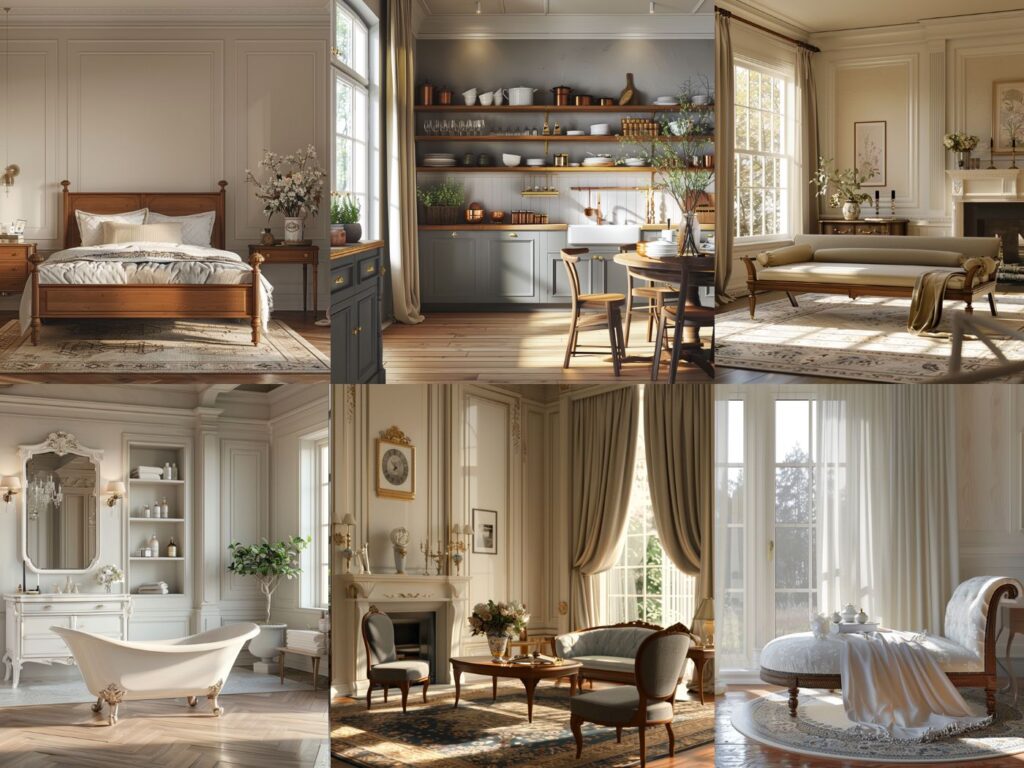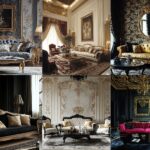Are you craving a touch of elegance and simplicity in your home decor? Biedermeier interior design offers a timeless solution that marries function with refined beauty. Originating in early 19th century Europe, this style emphasizes clean lines, light woods, and an understated aesthetic that can transform any space into a serene retreat.
As you explore the nuances of Biedermeier design, you’ll discover how its focus on comfort and practicality aligns perfectly with modern living. Whether you’re redesigning a single room or your entire home, incorporating elements of Biedermeier can create an inviting atmosphere that’s both sophisticated and unpretentious.
Ready to infuse your space with classic charm? Let’s delve into the essentials of bringing Biedermeier elegance into your home.
19 Biedermeier Interior Design Ideas And Styles
#1. Biedermeier Lounge

#2. Biedermeier Lounge Interior Idea
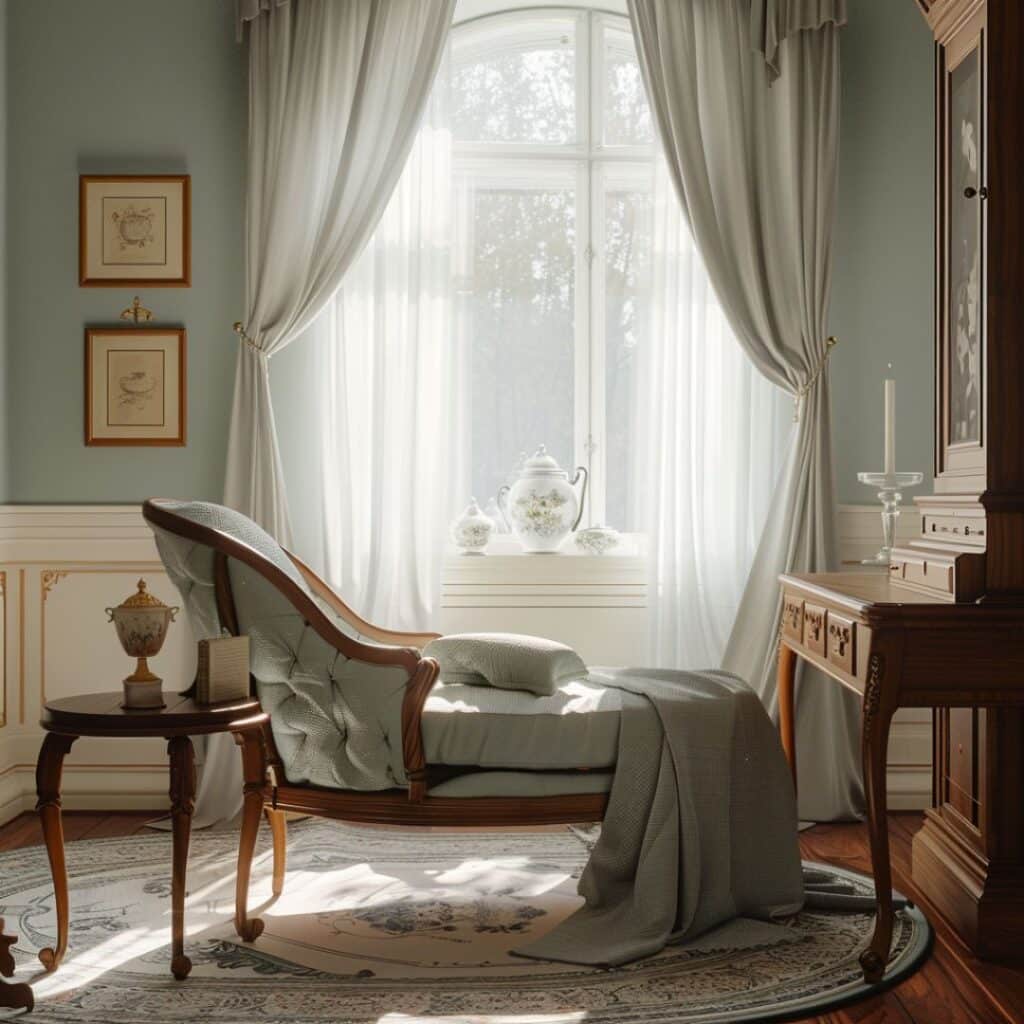
#3. Biedermeier Lounge Interior Design

#4. Biedermeier Lounge Idea
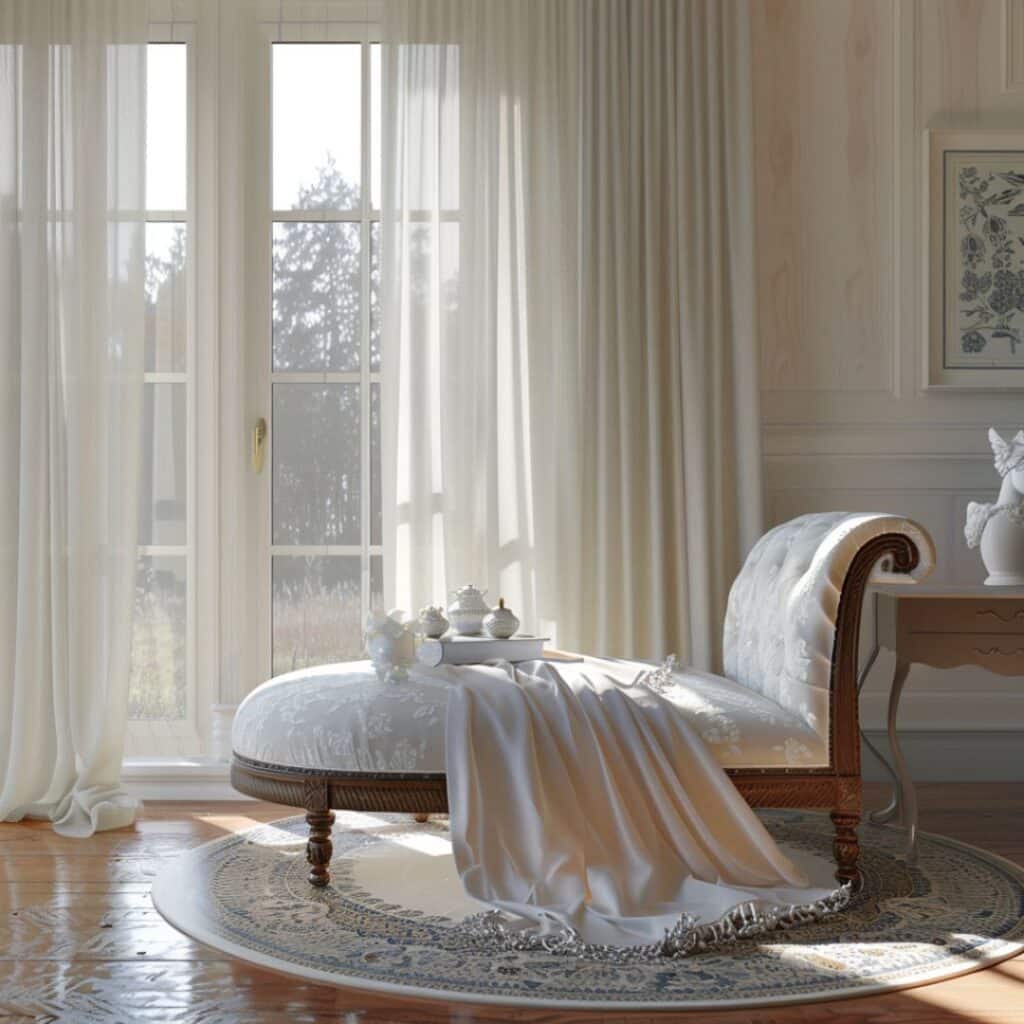
#5. Biedermeier Living Room Interior Idea
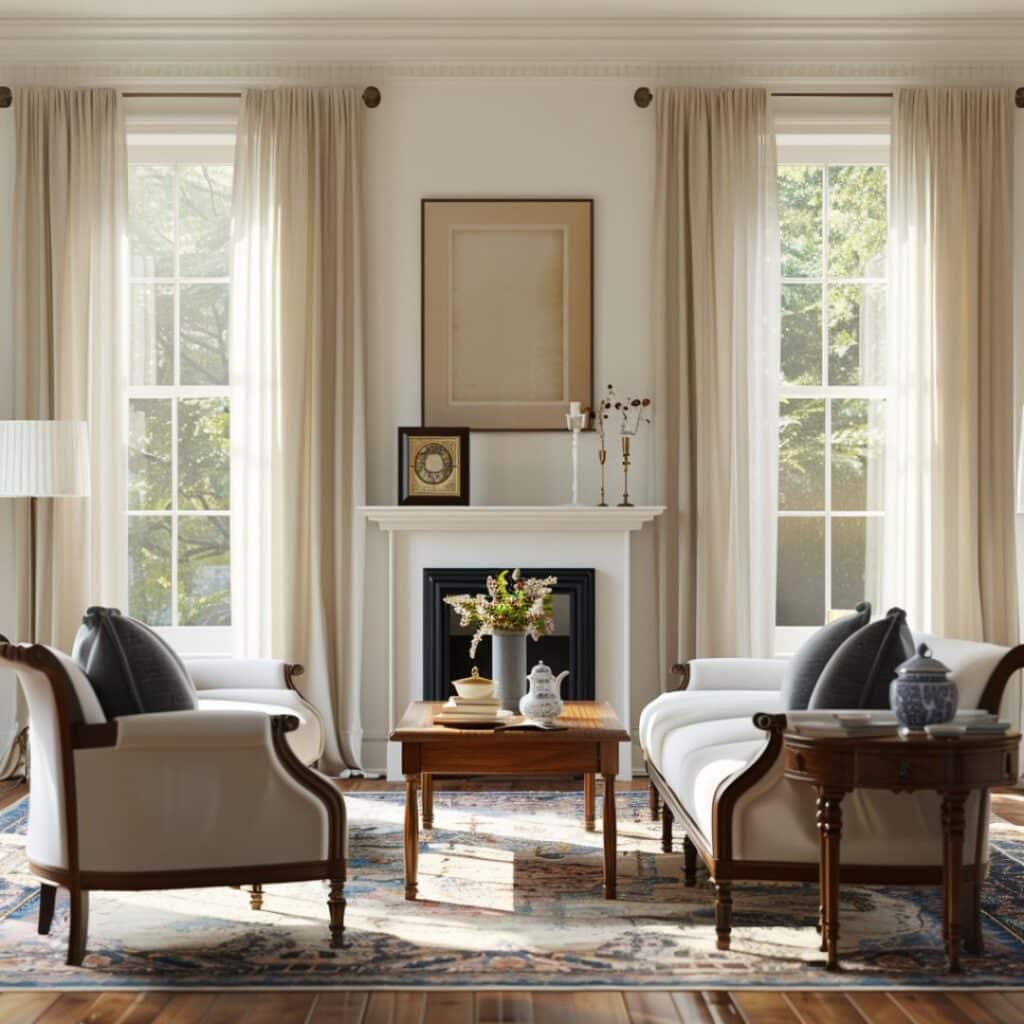
#6. Biedermeier Living Room Interior Design

#7. Biedermeier Living Room Idea
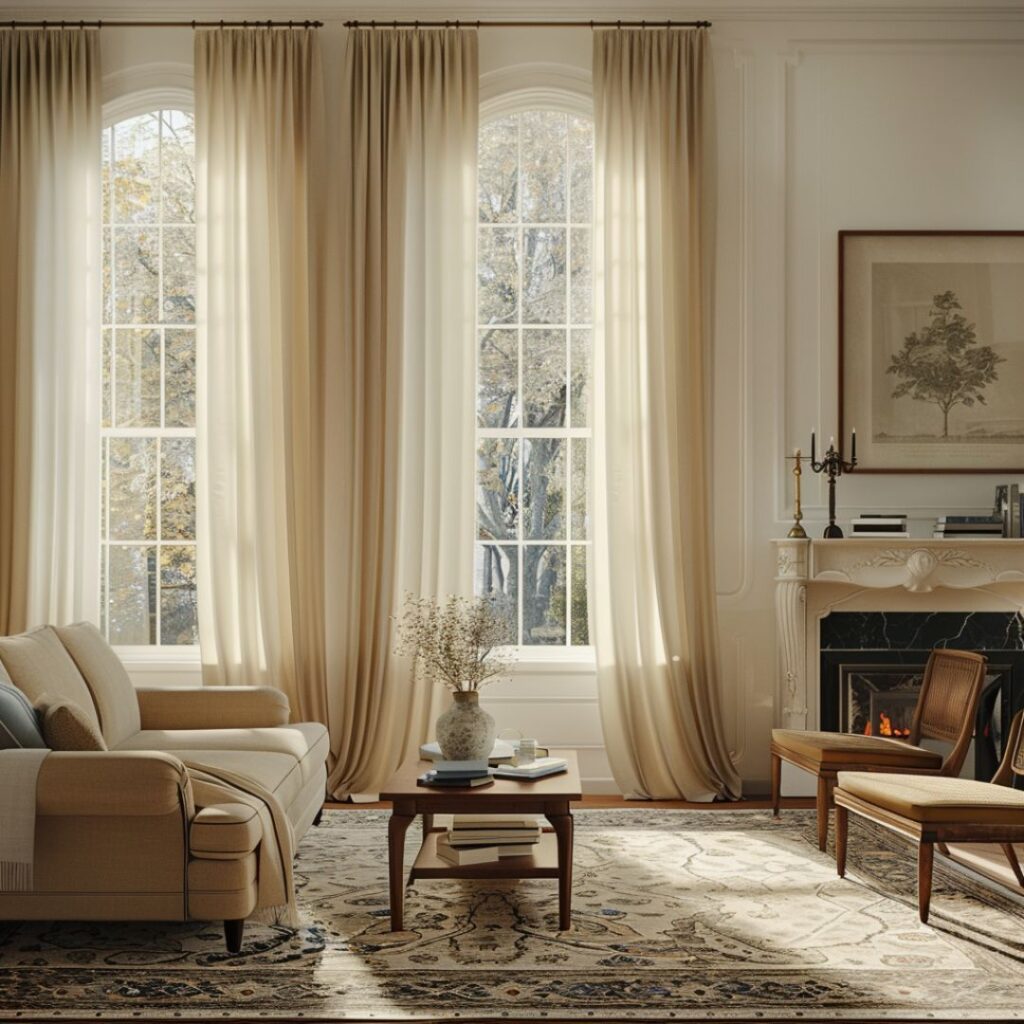
#8. Biedermeier Living Room Design
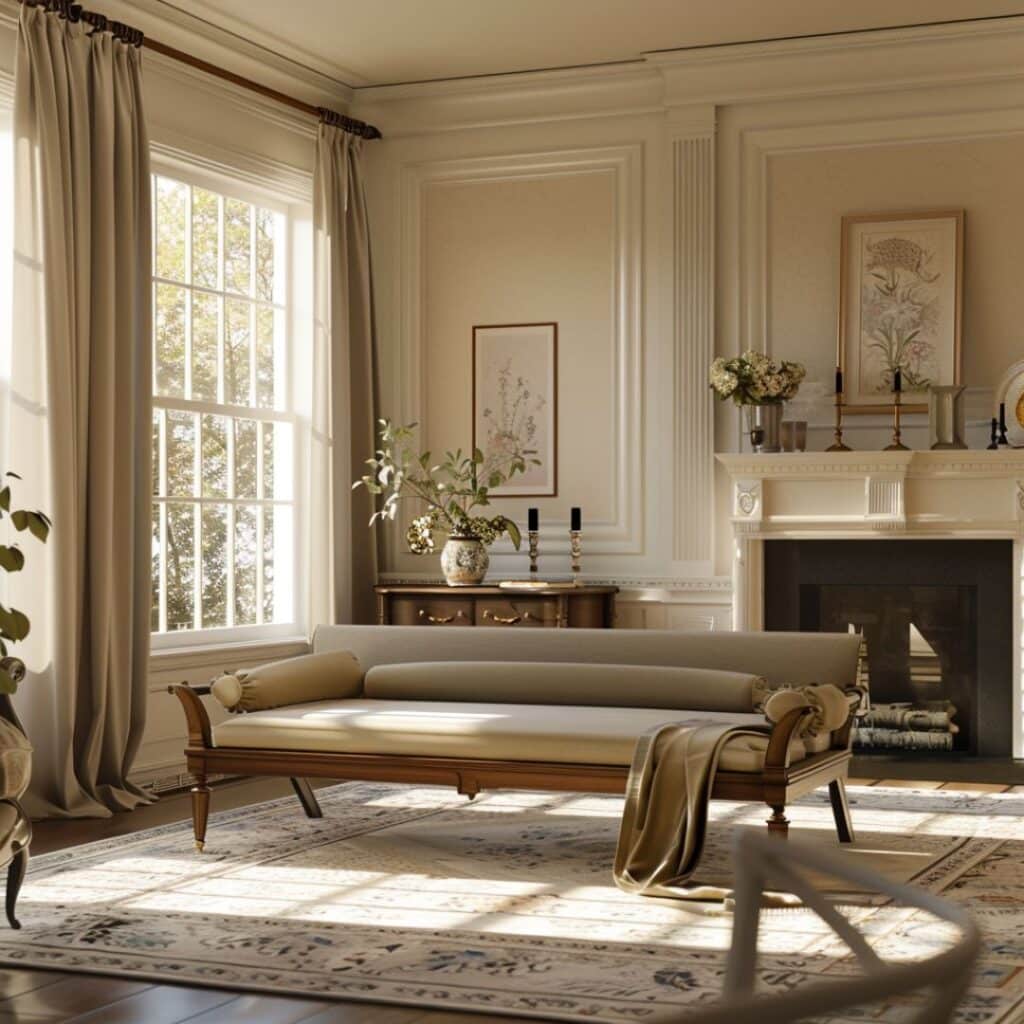
#9. Biedermeier Kitchen Interior Idea
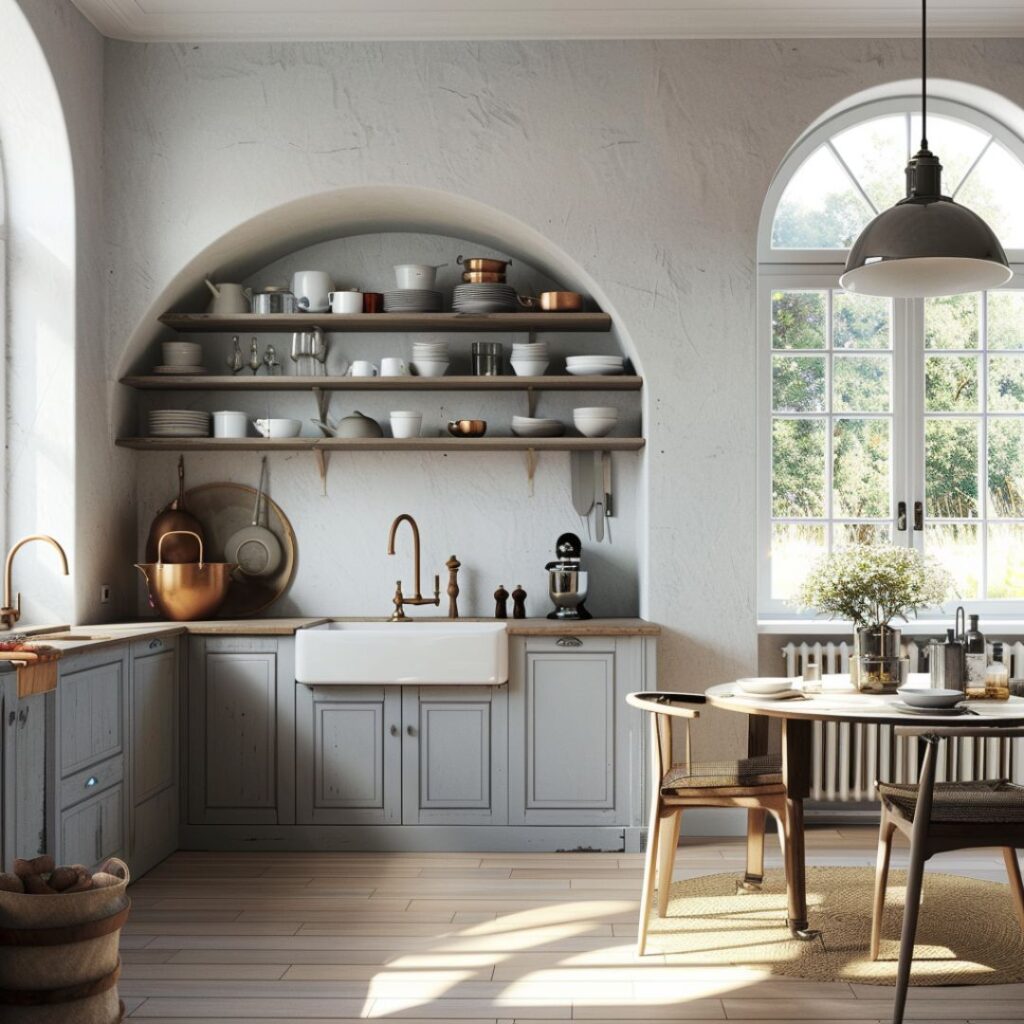
#10. Biedermeier Kitchen Interior Design
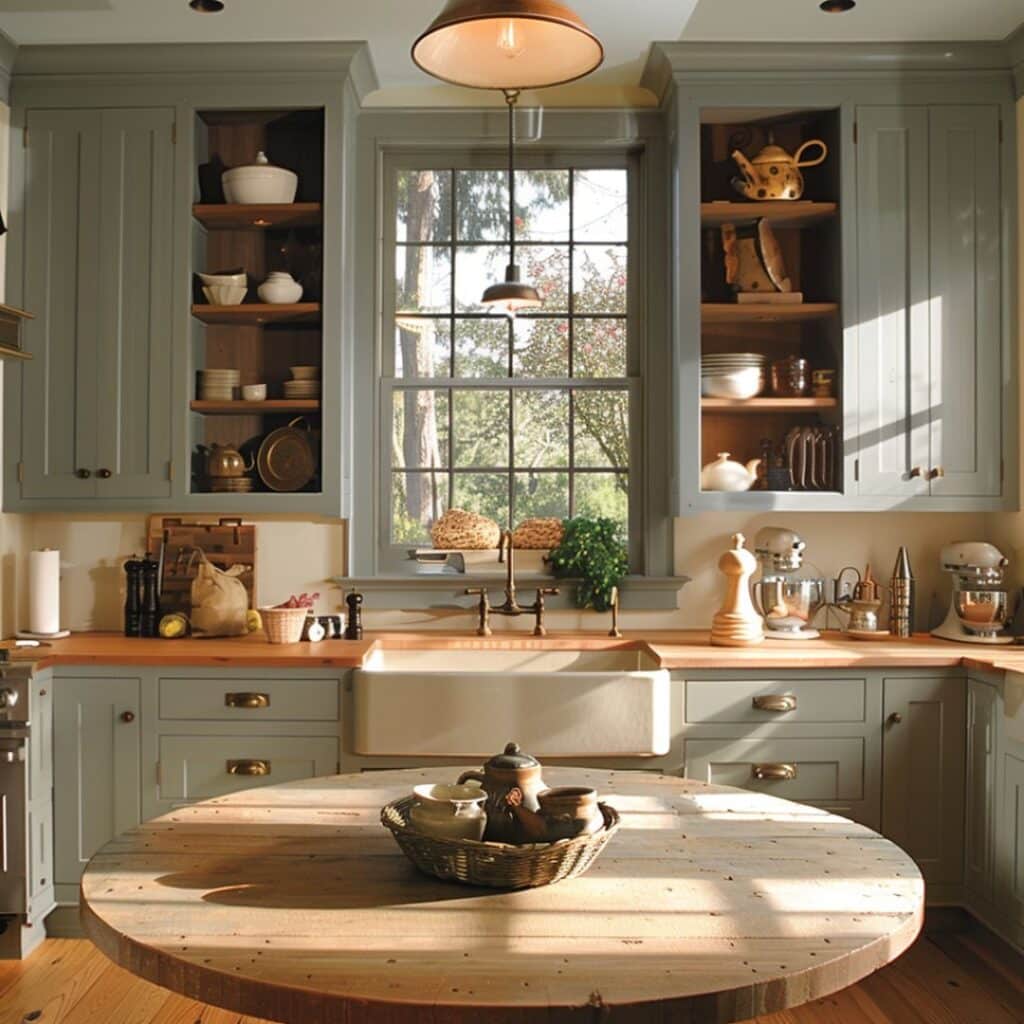
#11. Biedermeier Kitchen Idea
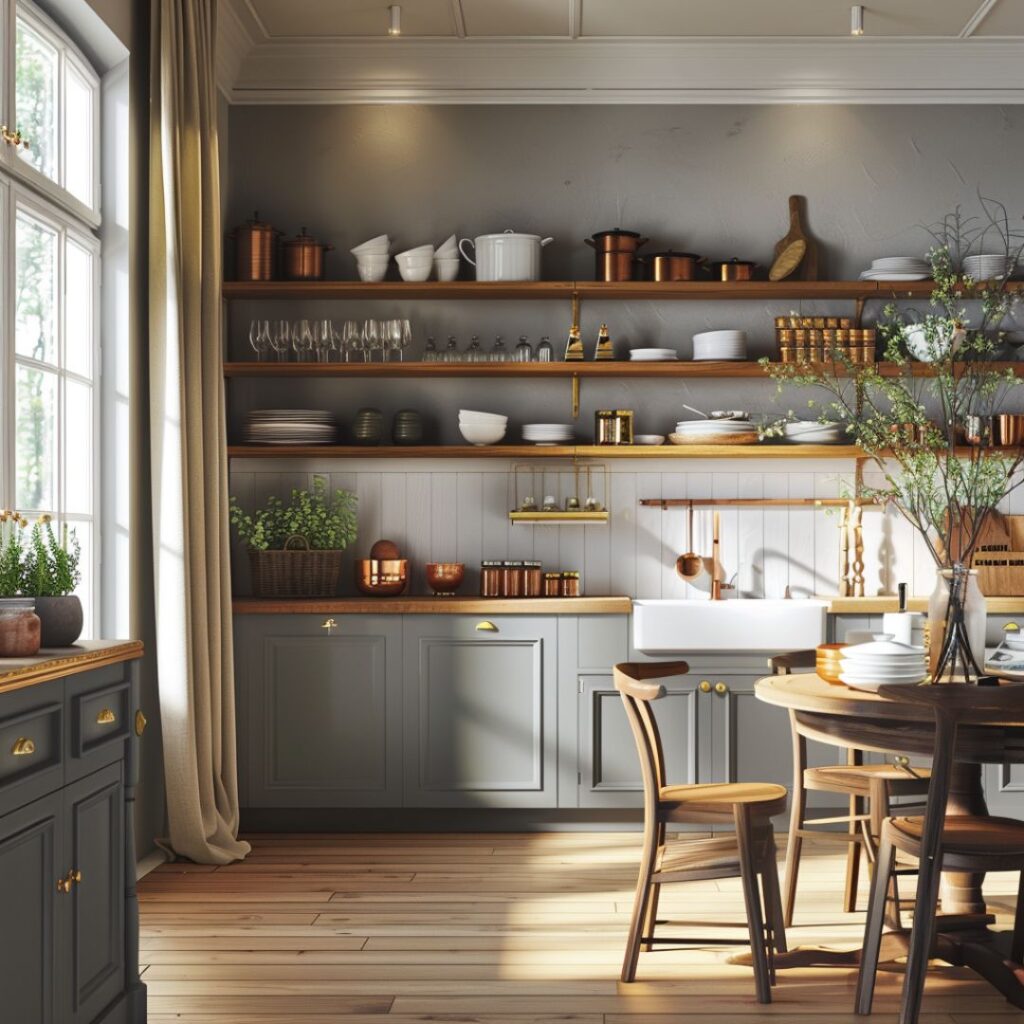
#12. Biedermeier Bedroom Interior Idea
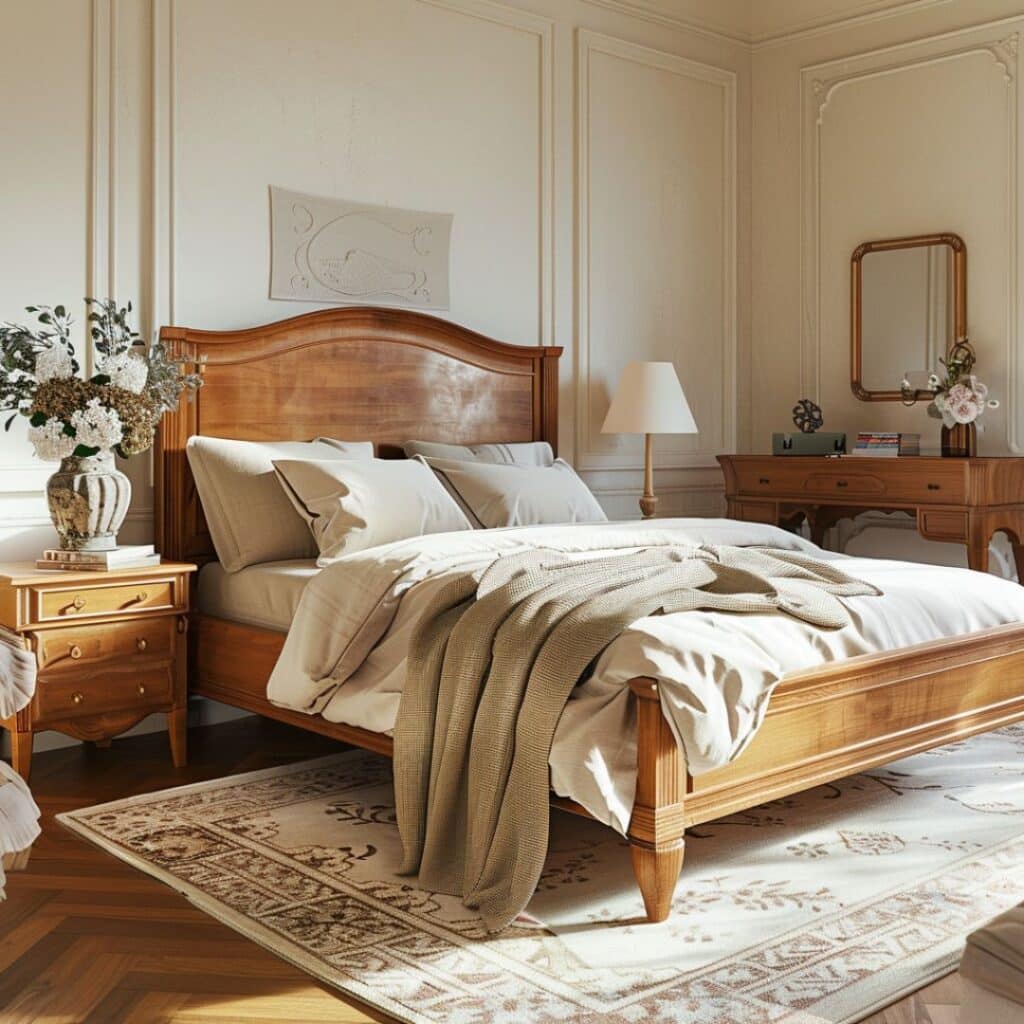
#13. Biedermeier Bedroom Interior Design
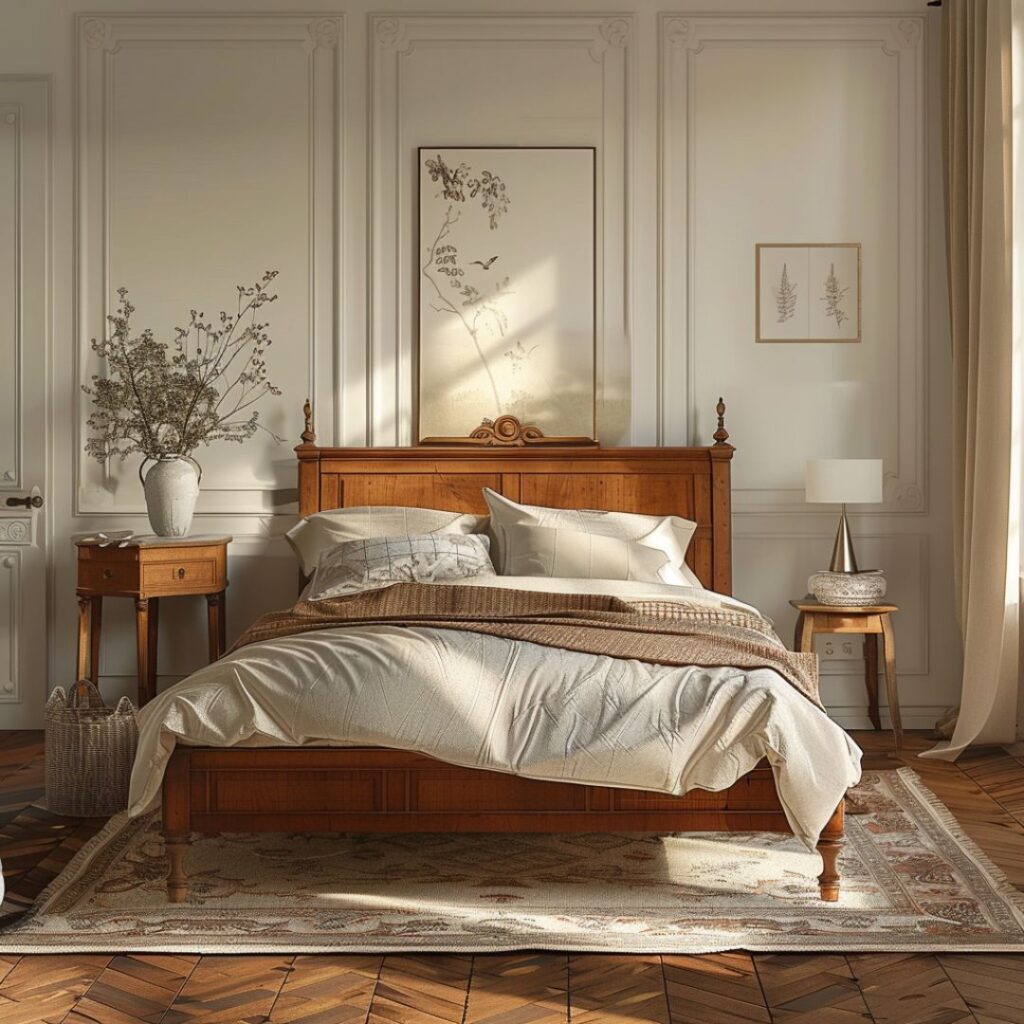
#14. Biedermeier Bedroom Idea
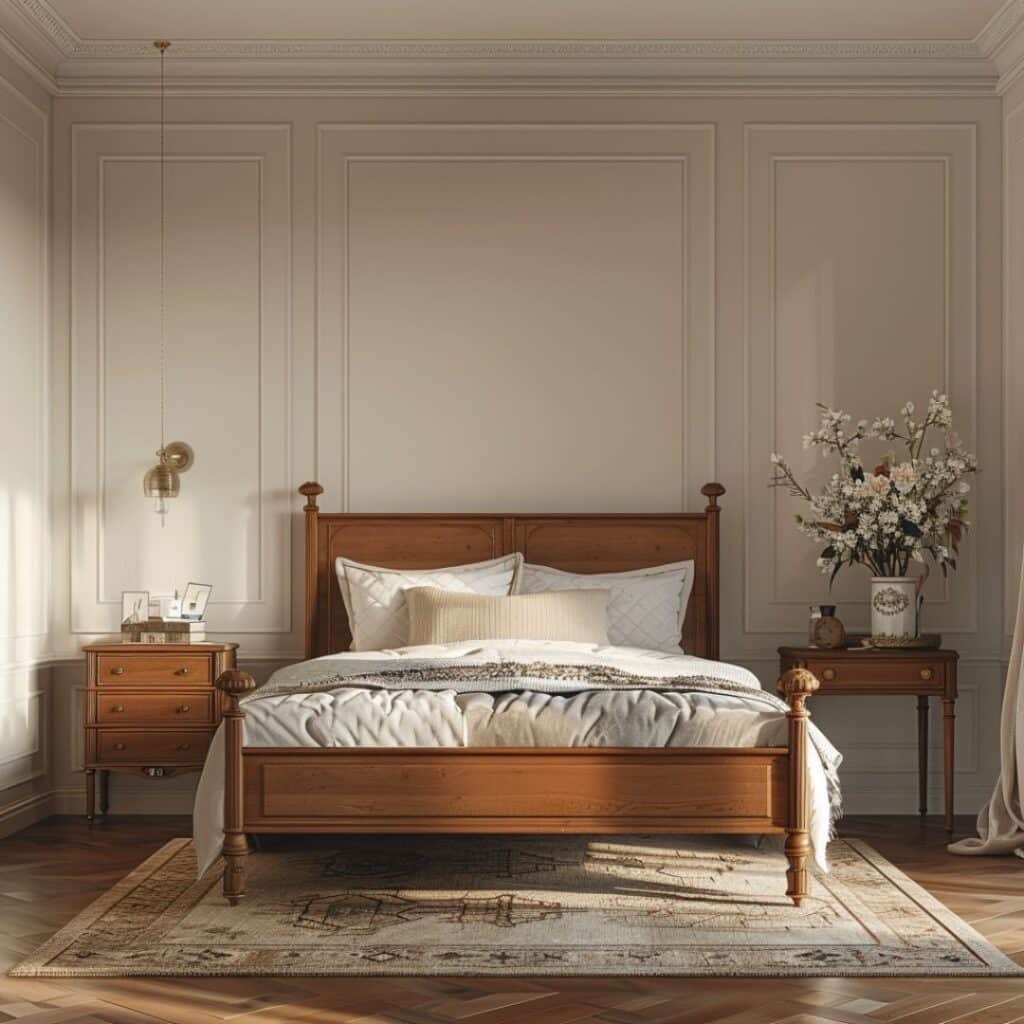
#15. Biedermeier Bedroom Design
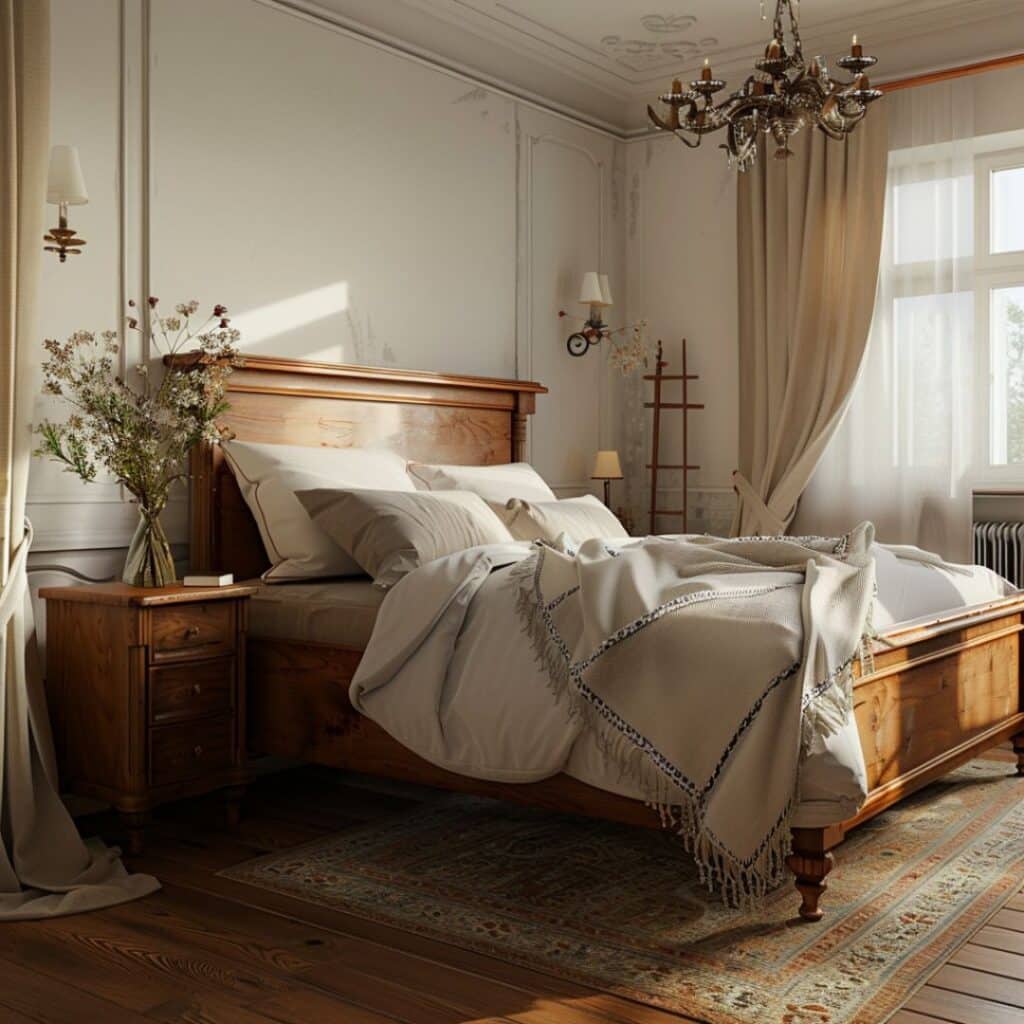
#16. Biedermeier Bathroom Interior Idea

#17. Biedermeier Bathroom Interior Design
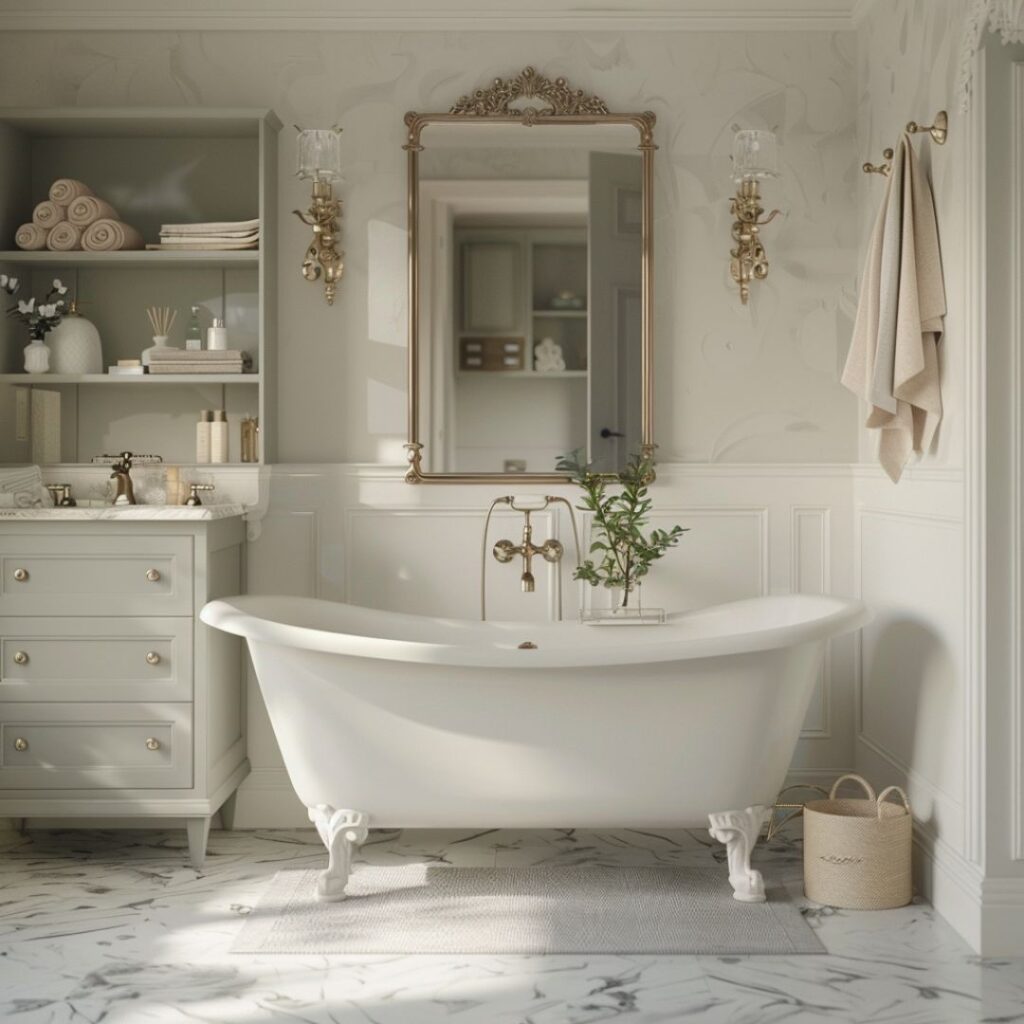
#18. Biedermeier Bathroom Idea

#19. Biedermeier Bathroom Design

Origins and Characteristics of Biedermeier Interior Design
History of the Biedermeier Style
The Biedermeier style emerged in Europe during the early 19th century, specifically from 1815 to 1848. This period followed the Napoleonic Wars, when middle-class Europeans sought simpler, more functional home decor. The name “Biedermeier” originated from a satirical character depicting bourgeois values in German literature. Furniture makers began focusing on practical designs that catered to the growing urban middle class.
Key Features of Biedermeier Furniture and Decor
Biedermeier furniture often features clean lines and minimal ornamentation, reflecting a shift from the more ornate elements found in Traditional interior design. Craftsmen used light woods such as birch, maple, and cherry. Veneering became a common technique, highlighting natural wood grains for visual appeal. Upholstery typically included simple fabrics like cotton or linen in muted colors.
Decor elements favored symmetry and practicality. Rooms were arranged to maximize space efficiency without sacrificing comfort. Decorative items like porcelain figurines and floral motifs were popular but always understated. This design ethos created interiors that balanced elegance with functionality, making it timeless yet adaptable to contemporary tastes.
Biedermeier Color Palettes and Materials
Biedermeier interior design embraces a harmonious blend of colors and materials. These elements create cohesive, elegant spaces rooted in simplicity.
Commonly Used Colors in Biedermeier Interiors
Muted tones dominated Biedermeier interiors. You’d often find soft yellows, pale blues, and warm grays. Earthy hues like beige and light brown added warmth to the design. Occasionally, vibrant accents like deep reds or greens appeared on smaller decor items.
Materials and Textures Preferred in Biedermeier Designs
Furniture makers favored light woods such as birch and cherry for their natural grains. Veneering techniques showcased these grains beautifully. Upholstery featured simple fabrics like linen or cotton in understated patterns. Silk and velvet sometimes adorned more formal pieces, adding a touch of luxury without overpowering the space.
Impact of Biedermeier Design on Modern Interiors
Influence on Minimalist Spaces
Biedermeier design emphasizes simplicity and functionality, aligning well with minimalist principles, yet it also shares some aesthetic values with Regency interior design. Clean lines and uncluttered spaces reflect the core values of both styles. By incorporating light woods like birch and cherry, you can achieve an elegant yet straightforward look.
Furniture in Biedermeier interiors often features built-in storage solutions. This focus on practicality helps maintain a tidy environment. Simple fabric choices in muted tones enhance the minimalist aesthetic without overwhelming the space.
Revival in Contemporary Decorating Trends
Modern designers draw inspiration from Biedermeier’s timeless appeal. Its emphasis on symmetry and balance adds sophistication to contemporary settings. The use of veneering techniques to highlight natural wood grains is particularly popular today.
You’ll find that upholstery choices, featuring materials like linen or cotton, remain relevant. These fabrics offer comfort while maintaining a refined appearance. Occasional accents in deep reds or greens provide vibrancy without compromising overall harmony.
By integrating these elements into your home decor, you adopt a style that balances elegance with functionality—a hallmark of both Biedermeier and modern interior design trends.
Styling Your Home with Biedermeier Influences
Biedermeier interior design blends elegance and practicality, offering a sophisticated yet functional approach to home decor. This style can also harmonize beautifully with Organic Modern interior design, which emphasizes natural materials and a seamless blend of indoor and outdoor elements.
Selecting the Right Pieces
Choose light woods like birch or cherry for furniture. These materials were staples in Biedermeier interiors, providing warmth and simplicity. Opt for pieces with clean lines and minimal ornamentation to stay true to the style’s essence.
Upholstery should feature muted tones and simple fabrics such as linen or cotton. Avoid bold patterns; instead, select solid colors or subtle designs that complement the wood elements. Symmetry is crucial—arrange furniture in balanced configurations to create harmony.
Integrating Modern Elements
Incorporate modern touches while maintaining the core principles of Biedermeier design. Use contemporary lighting fixtures with sleek designs to update your space without sacrificing its classic appeal.
Combine practical storage solutions with minimalist aesthetics. Built-in cabinets or shelves made from light woods can keep your home organized while preserving the style’s integrity. Mixing vintage Biedermeier pieces with modern decor creates a timeless look that bridges past and present trends seamlessly.
Summarily, focus on light woods, clean lines, muted upholstery, symmetry, contemporary lighting, and practical storage when styling your home with Biedermeier influences.

